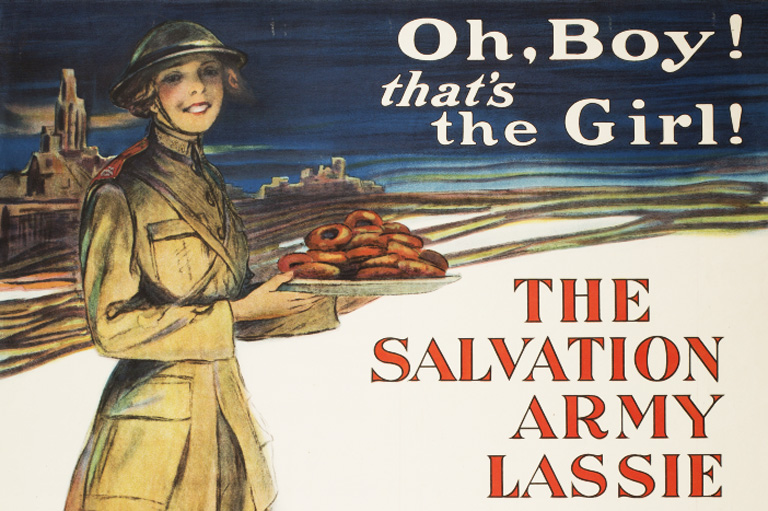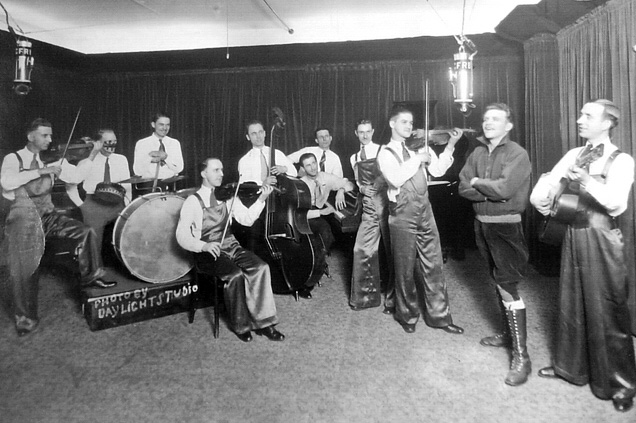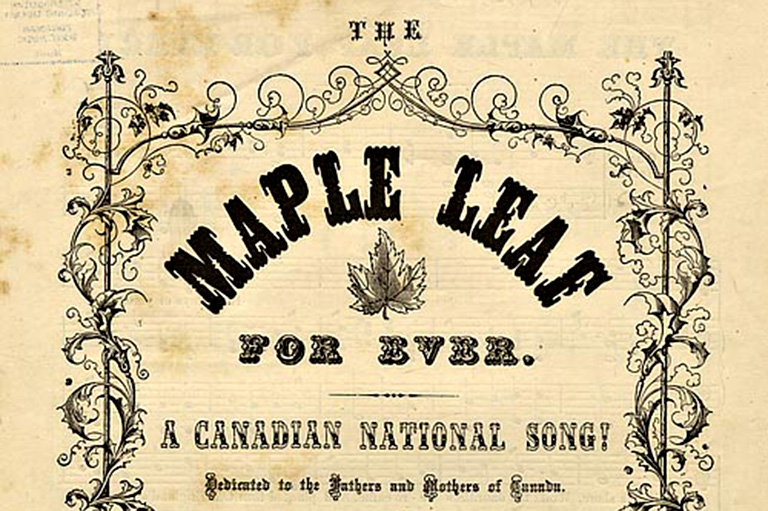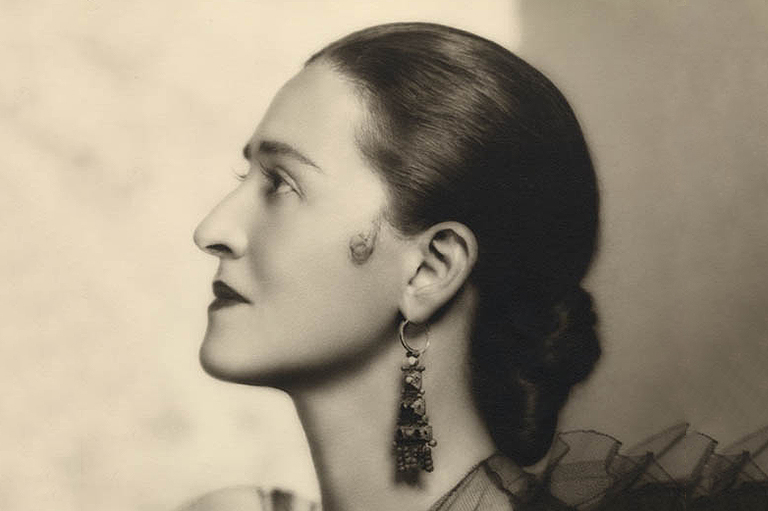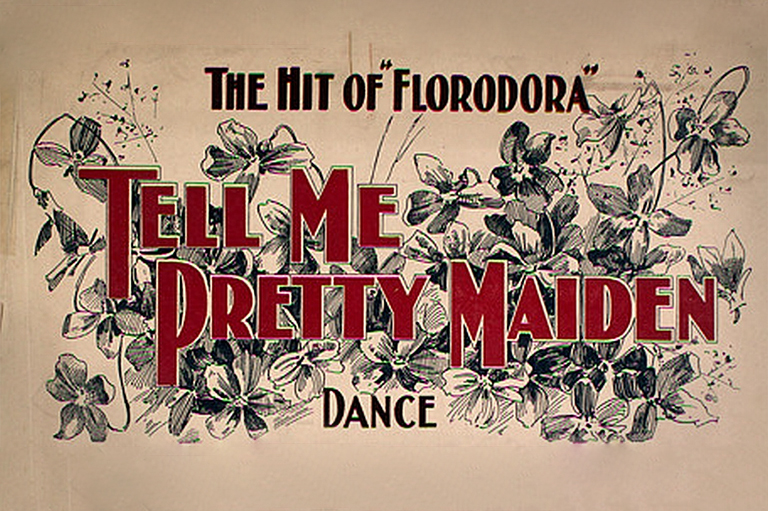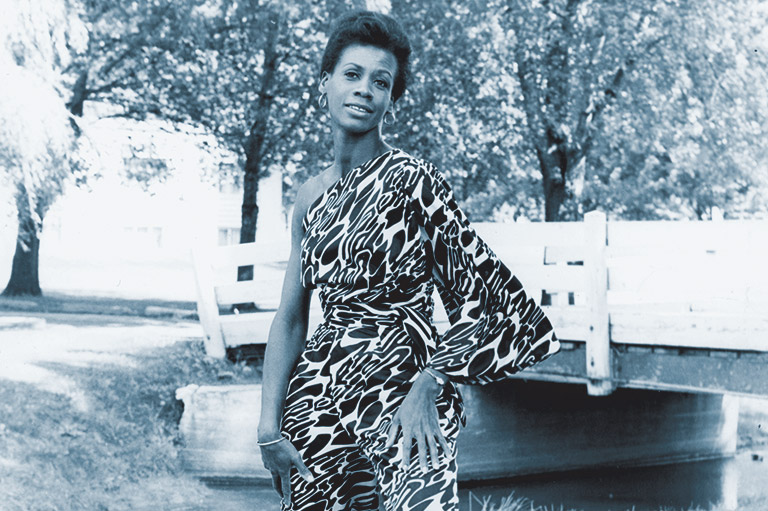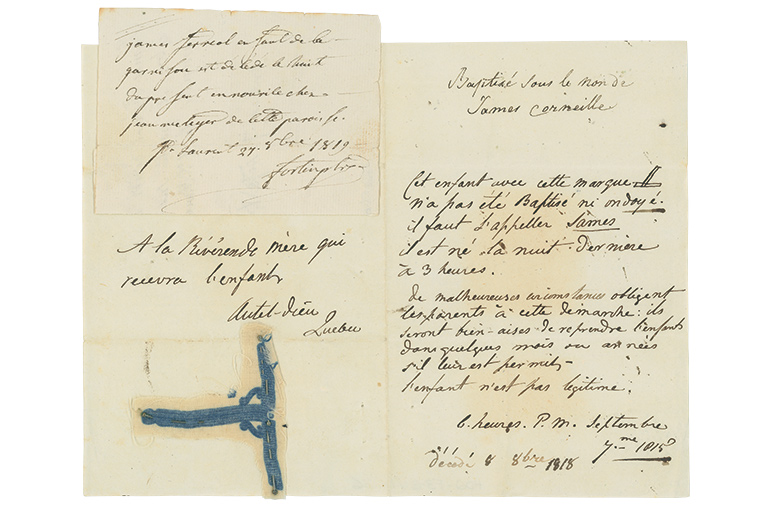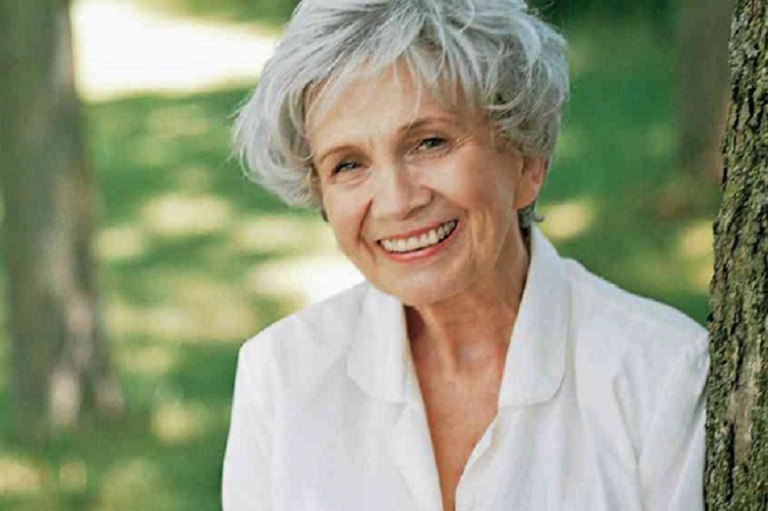A Banjo Song & The Last Rose of Summer
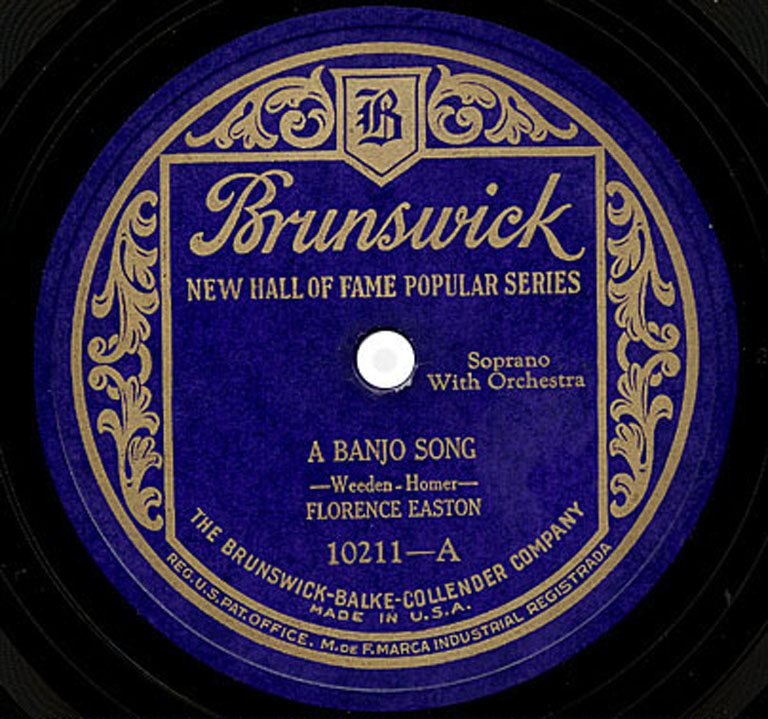
Mark: Can you tell us about the author and lyrics of this song?
Maureen: A native of Huntsville, Alabama, Maria Howard Weeden was born in 1846. The youngest child of Dr. William Donaldson Weeden, a physician and cotton planter, and Jane Eliza Brooks Urquhart, she was afforded the luxury of plantation life.
Miss Weeden would receive a fine education and show an early interest in art. Her artistic ability would play a critical role in her family’s well-being when the Civil War left them in financial ruin. Maria Howard Weeden, who signed her works “Howard Weeden” started out as an illustrator of other writers’ works but gradually began to illustrate her own poems.
Before her death in 1905, she would publish four volumes of poetry and illustrations: Shadows on the Wall (1898), Bandanna Ballads (1899), Songs of the Old South (1901), and Old Voices (1904). Her watercolours and poems depicted life among freed slaves in the Reconstruction-era South. The poem A Banjo Song, the twelfth in her first book Shadows on the Wall reads:
I plays de banjo now
Dan him dat taught me do,
Because he plays for all de worl’,
An’ I jes’ plays for you.He learns his chunes—
I jes’ lets down
A banjo-string or two Into de deepest of my heart,
An’ draws up chunes for you.Slowly dey comes swingin’ up,
A-quiv’rin through an’ through.
Till wid a rush of tinglin’ notes
Dey reaches light ―an’ you.I never knows if dey will shine
Wet wid tears or dew;
I only knows dat, dew or tears,
Dey shine because of you.
Mark: What about Sidney Homer, the composer who set the poem to music?
Maureen: Sidney Homer was a prolific composer, having created 103 songs which were extremely popular during his lifetime and included on many American singers’ programs. Almost all were published by G. Schirmer, a New York-based music publishing firm.
Perhaps naturally, Homer turned to song writing after marrying the great American contralto Louise Beatty in 1895. He was in the unique position of having his songs performed by his own wife and by other great artists of the time.
But although his songs were at one time well-regarded and often performed, today they are all but forgotten. It was a friend who suggested that he set some of Howard Weeden’s poems to music, and these poems inspired some of Homer’s most unusual creations.
The five songs were published in 1910 both as a set and individually and a few of them became immensely popular, including A Banjo Song.
Mark: The recording we have just heard features soprano Florence Easton and Harry Reser on the banjo.
Maureen: Florence Easton was a singer of exceptional versatility, with an extraordinary gift for music coupled with musical intelligence that placed her above many other singers.
She was scrupulous with her interpretations and always superbly prepared, and few sopranos of any period have sung a wider repertory than Florence Easton. Born in England, she grew up in Canada and, after marrying American tenor Francis Maclennan, became a U.S. citizen.
Her recordings enshrine the virtues of great singing. Immaculate tone, clean attack, seamless legato, smooth dynamic control, clear diction—can be heard in almost every record she made.
Her recordings document the achievement of a soprano who set a standard for the highest level of musicianship and polished artistry. They form the musical legacy of one of the great singers of the 20th century.
Harry Reser was an American banjo player and bandleader, and is recognized as one of the best banjoists of all time. At the outset of his career, he played in dance bands in his hometown of Piqua, Ohio but moved to New York City in 1921, where he quickly became a sought-after recording session musician.
Reser’s numerous 1920s recordings proved that the banjo, thought of strictly as a rhythm instrument, was in fact a solo instrument in its own right.
Mark: And the recording itself?
Maureen: This particular recording of A Banjo Song was made by Brunswick Records in New York in October 1925 and released in 1926 on a 78 rpm disc.
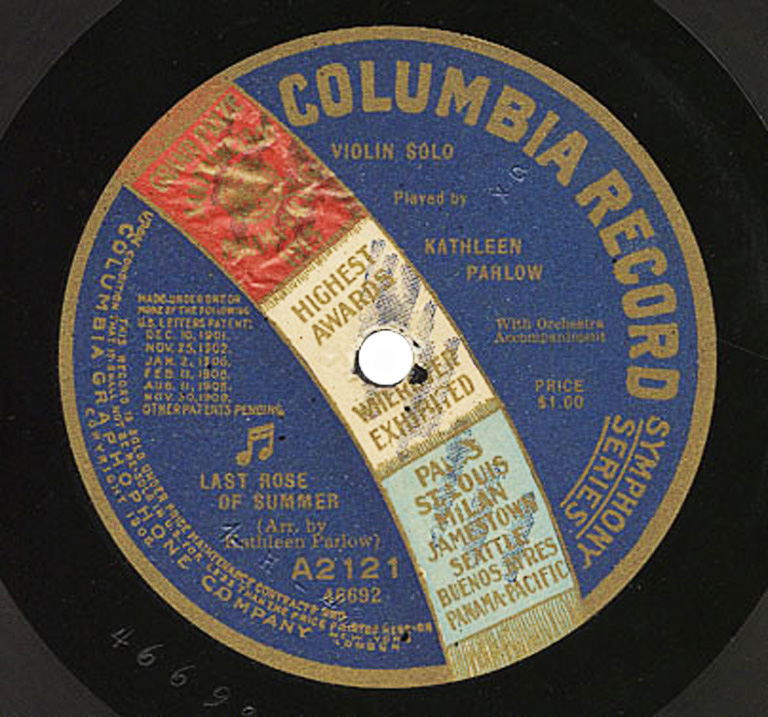
Mark: Can you tell us about the author and lyrics of this song [The Last Rose of Summer]?
Maureen: The Last Rose of Summer is a poem by Irish poet, singer, songwriter and entertainer Thomas Moore, who is regarded as one of the most important poets of the early 19th century and the Romantic era, alongside such names as Byron and Shelley.
It was written in 1805 while Moore was at Jenkinstown Park in County Kilkenny, Ireland. The Last Rose of Summer is typical of his work and is a demonstration of the reasons why he was so successful. It a beautifully simple poem in which a single, surviving flower is used as a metaphor for the sadness of being left to carry on alone after the people we care for have gone.
Mark: And who set this set the poem to music?
Maureen: Moore’s poem was set to an old Irish folk tune by his collaborator, the Irish musician Sir John Andrew Stevenson (1761-1833). The tune he used was The Young Man’s Dream, also sometimes known as The Groves of Blarney.
In fact, Stevenson is perhaps best known for his piano accompaniments for Moore’s lyrics to a series of Irish tunes in the manner of Haydn’s setting of British folksongs.
The Irish Melodies were originally published in ten volumes and a supplement between 1804 and 1834. The song was an instant success and remains popular today, with new versions being recorded by major artists regularly.
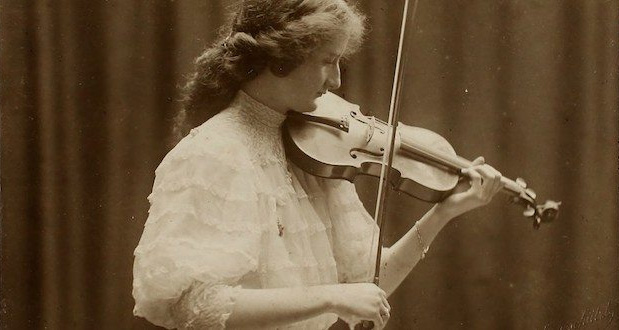
Mark: Now, the recording we have just heard is purely instrumental; rather than words with piano accompaniment, it is an arrangement for violin solo with orchestral accompaniment. Can you explain?
Maureen: There are a number of beautiful arrangements for violin of The Last Rose of Summer. This particular recording features Kathleen Parlow who in her day, was considered to be one the best violinists in the world and was among a mere handful of musicians who attained prominence and who represented Canada internationally on the concert stage.
Born in Calgary in 1890, Parlow completed her studies with Leopold Auer at the St Petersburg [Leningrad] Conservatory, made her professional debut in Berlin in 1907, and then toured world-wide. Returning permanently to Canada in 1941, she taught at the Toronto Conservatory and founded The Canadian Trio and the Parlow String Quartet.
Mark: And the recording itself?
Maureen: This recording by Kathleen Parlow of The Last Rose of Summer was recorded and released in 1916 by the Columbia Graphophone Company in New York on a 78 rpm disc.
We hope you’ll help us continue to share fascinating stories about Canada’s past by making a donation to Canada’s History Society today.
We highlight our nation’s diverse past by telling stories that illuminate the people, places, and events that unite us as Canadians, and by making those stories accessible to everyone through our free online content.
We are a registered charity that depends on contributions from readers like you to share inspiring and informative stories with students and citizens of all ages — award-winning stories written by Canada’s top historians, authors, journalists, and history enthusiasts.
Any amount helps, or better yet, start a monthly donation today. Your support makes all the difference. Thank you!
Themes associated with this article
Advertisement
More Sounds Like History
With 7 uniquely curated newsletters to choose from, we have something for everyone.

